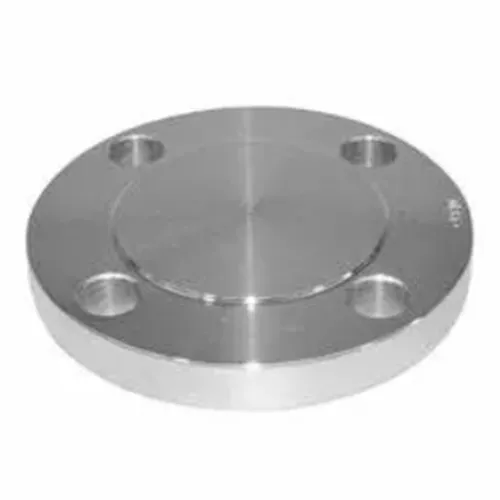-
Cangzhou Yulong Steel Co., Ltd.
-
Phone:
+86 13303177267 -
Email:
admin@ylsteelfittings.com
- English
- Arabic
- Italian
- Spanish
- Portuguese
- German
- kazakh
- Persian
- Greek
- French
- Russian
- Polish
- Thai
- Indonesian
- Vietnamese
- Zulu
- Korean
- Uzbek
- Hindi
- Serbian
- Malay
- Ukrainian
- Gujarati
- Haitian Creole
- hausa
- hawaiian
- Hebrew
- Miao
- Hungarian
- Icelandic
- igbo
- irish
- Japanese
- Javanese
- Kannada
- Khmer
- Rwandese
- Afrikaans
- Albanian
- Amharic
- Armenian
- Azerbaijani
- Basque
- Belarusian
- Bengali
- Bosnian
- Bulgarian
- Catalan
- Cebuano
- China
- China (Taiwan)
- Corsican
- Croatian
- Czech
- Danish
- Esperanto
- Estonian
- Finnish
- Frisian
- Galician
- Georgian
- Kurdish
- Kyrgyz
- Lao
- Latin
- Latvian
- Lithuanian
- Luxembourgish
- Macedonian
- Malgashi
- Malayalam
- Maltese
- Maori
- Marathi
- Mongolian
- Myanmar
- Nepali
- Norwegian
- Norwegian
- Occitan
- Pashto
- Dutch
- Punjabi
- Romanian
- Samoan
- Scottish Gaelic
- Sesotho
- Shona
- Sindhi
- Sinhala
- Slovak
- Slovenian
- Somali
- Sundanese
- Swahili
- Swedish
- Tagalog
- Tajik
- Tamil
- Tatar
- Telugu
- Turkish
- Turkmen
- Urdu
- Uighur
- Welsh
- Bantu
- Yiddish
- Yoruba

Dec . 06, 2024 21:52 Back to list
Exploring ANSI 150 Flange Standards and Specifications for Industry Applications
Understanding ANSI 150 Flanges A Key Component in Industrial Piping Systems
Flanges are critical components in piping systems, particularly in industrial applications where the joining of pipes, valves, pumps, and other equipment is necessary. Among various standards and specifications, ANSI 150 flanges have gained prominence due to their unique characteristics and applicability. The term 'ANSI' stands for the American National Standards Institute, which is responsible for establishing guidelines that ensure the quality and reliability of various products, including flanges.
What is ANSI 150?
The designation ANSI 150 refers to a specific pressure class and dimensions of flanges that conform to the standards set forth by ANSI B16.5. This category primarily includes flanges suitable for use in applications that operate at a maximum pressure of 150 psi at a temperature of 100°F. The ANSI 150 flanges are typically made from various materials, including carbon steel, stainless steel, and other alloys, depending on the chemical and physical requirements of the application.
Design and Specifications
ANSI 150 flanges are usually available in different types, including weld neck, slip-on, blind, and threaded variants. The design of these flanges features a raised face that facilitates better sealing and reduces the risk of leakage when bolted together with corresponding flanges. The dimensions and tolerances for ANSI 150 flanges are standardized, which ensures compatibility with pipes and fittings that meet the same ANSI specifications.
In terms of size, ANSI 150 flanges range from ½ inch to 24 inches in diameter, accommodating various pipeline requirements. It is crucial to adhere closely to the specified dimensions to ensure proper fit and function within a piping system. The ability to choose from a wide array of materials and configurations makes ANSI 150 flanges suitable for diverse applications across different industries, including oil and gas, chemical processing, water treatment, and heating systems.
Advantages of ANSI 150 Flanges
flange 18 ansi 150

1. Versatility ANSI 150 flanges are compatible with many pipeline systems and components. This versatility allows engineers and designers to use them in various applications, enhancing overall system efficiency.
2. Standardization The adherence to ANSI standards ensures that these flanges are manufactured to precise specifications, which simplifies the design and installation processes. It helps reduce the risk of errors due to incompatible components.
3. High Pressure and Temperature Resistance While ANSI 150 specifies a maximum pressure rating of 150 psi, these flanges can withstand varying pressure and temperature conditions when paired with the appropriate materials. This enhances their lifespan and reliability in dynamic environments.
4. Ease of Maintenance ANSI 150 flanges facilitate maintenance and repairs in industrial piping systems. Their design allows for easy disassembly and reassembly, which is essential in environments that require frequent inspection and service.
Applications in Various Industries
ANSI 150 flanges find extensive use in numerous sectors. In the oil and gas industry, they are often employed for connecting pipelines and equipment that transport natural gas and crude oil. The chemical manufacturing sector utilizes these flanges for conveying various chemicals and corrosive substances. Additionally, ANSI 150 flanges are commonly found in HVAC systems, waste treatment plants, and other industrial facilities that demand reliable and efficient connections.
Conclusion
In summary, ANSI 150 flanges are indispensable components in modern piping systems. Their standardized design, compatibility with various materials, and ability to handle diverse applications make them a favorite among engineers and designers. Understanding these flanges' specifications and advantages is crucial for anyone involved in industrial piping and systems design. As industries evolve and technology advances, the importance of reliable flange connections, such as ANSI 150, will remain a cornerstone of safe and efficient operations.
Latest news
-
ANSI 150P SS304 SO FLANGE
NewsFeb.14,2025
-
ASTM A333GR6 STEEL PIPE
NewsJan.20,2025
-
ANSI B16.5 WELDING NECK FLANGE
NewsJan.15,2026
-
ANSI B16.5 SLIP-ON FLANGE
NewsApr.19,2024
-
SABS 1123 FLANGE
NewsJan.15,2025
-
DIN86044 PLATE FLANGE
NewsApr.19,2024
-
DIN2527 BLIND FLANGE
NewsApr.12,2024
-
JIS B2311 Butt-Welding Fittings LR/SR 45°/90° /180°Seamless/Weld
NewsApr.23,2024











